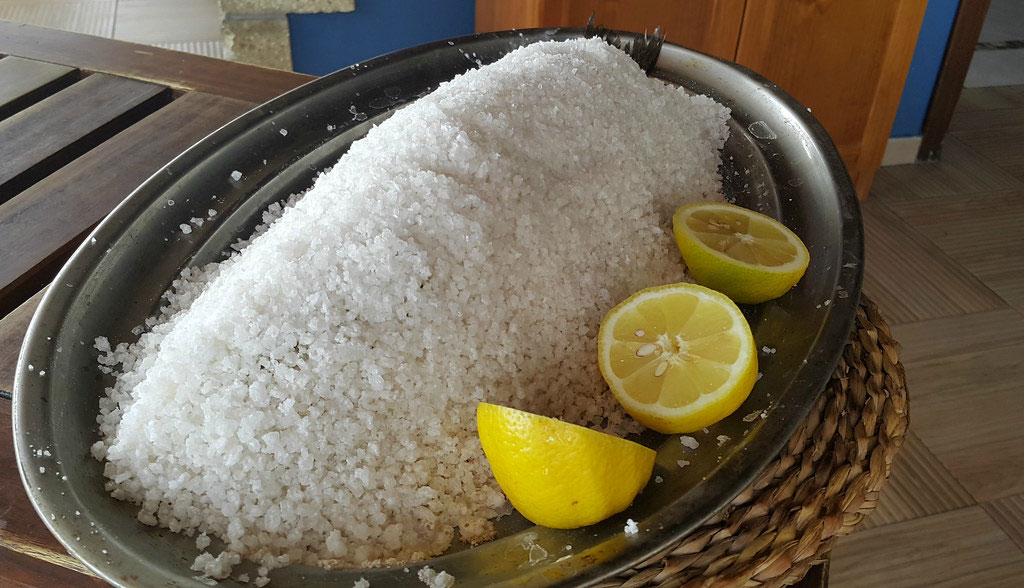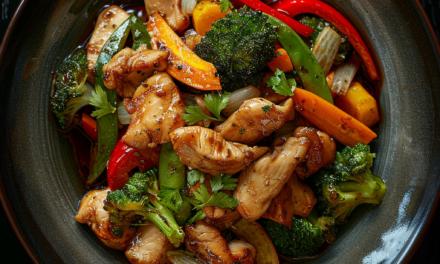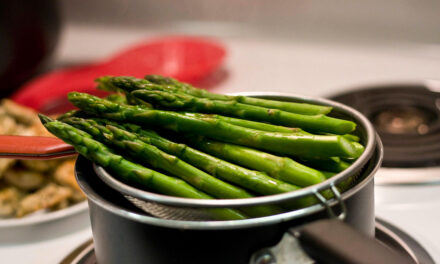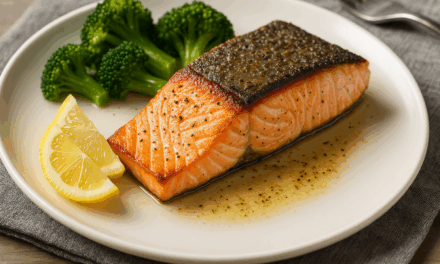Salt crust baking is an ancient cooking technique that involves coating a piece of meat, fish, or vegetables with a thick layer of salt before baking it in the oven. The salt forms a hard, protective shell around the food, creating a sealed environment that traps moisture and flavors while preventing overcooking. This technique not only preserves the natural juices of the ingredients but also infuses them with a subtle, mineral-rich flavor. It is an ideal method for cooking delicate proteins like fish or whole chicken.
How Salt Crust Baking Works:
- Prepare the Salt Crust:
Salt crusts are typically made from a mixture of coarse salt (often kosher or sea salt), egg whites, and sometimes herbs or spices. The egg whites help bind the salt together, creating a firm crust. The mixture is often combined with water to achieve the right consistency. - Coat the Food:
The food (such as a whole fish, chicken, or even vegetables) is placed in a shallow pan and completely covered with the salt mixture. The crust is packed tightly around the food to ensure it forms an airtight seal. - Bake:
The food is then baked at a high temperature, usually around 400°F (200°C), for a set amount of time, depending on the size and type of food. As it bakes, the salt crust hardens, trapping moisture and allowing the food to steam in its own juices.
Why Salt Crust Baking is Important:
Salt crust baking is valued for its ability to preserve moisture, create a tender texture, and enhance natural flavors. This technique is especially useful for cooking fish, as it ensures the fish remains moist and flaky, while the salt adds a mild seasoning. It’s also a show-stopping presentation, as the crust is cracked open at the table, releasing an aromatic burst of flavor.






